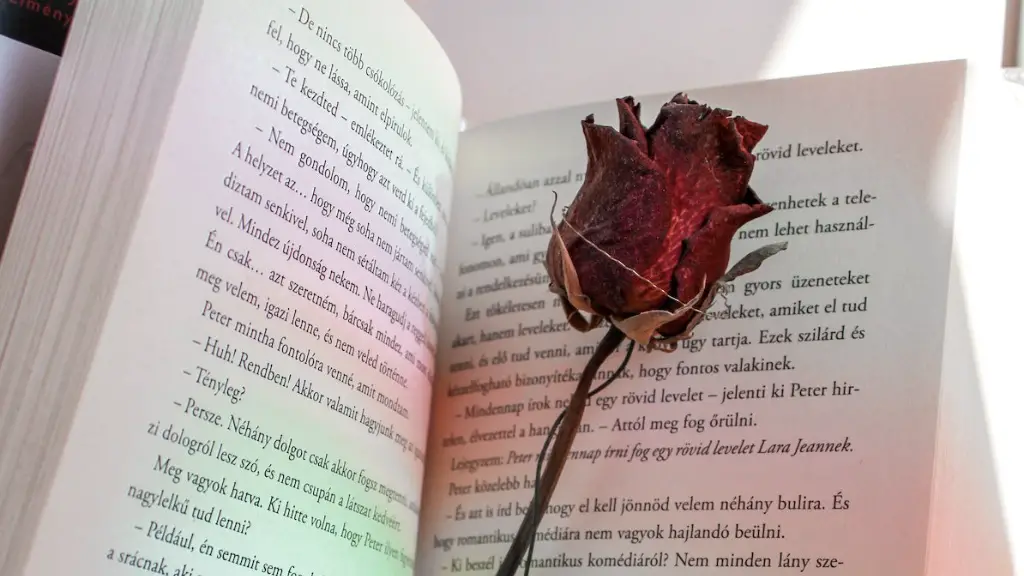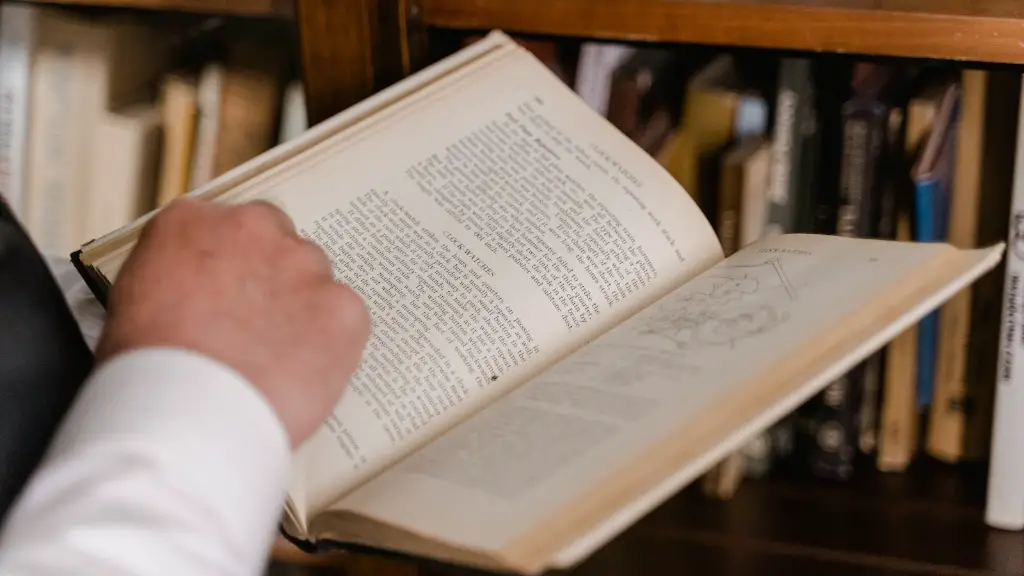Different Versions of Poetry Explication
Poetry explication is a type of literary criticism for analyzing a poem’s form, content, structural semiotics and history. It is a close reading and interpretation of a poem that focuses on the details within the poem which produce an overall effect. Poetry explication helps readers to better understand a poem and explore its true meaning. In this article, we will explore the many different versions of poetry explication and their uses, helping readers to better understand the poem they are analyzing.
What is Poetry Explication?
Poetry explication is a form of interpretive literary criticism. It focuses on carefully examining and interpreting the language, structure, and meaning of a poem. The primary aim of poetry explication is to discover the poem’s hidden meanings, providing readers with an in-depth understanding of the poem’s overall effect. It does this by examining each aspect of the poem in detail, from its form, structure, and history to the symbols and themes it presents.
Types of Poetry Explication
There are several different types of poetry explication. The most common type is the close reading technique. Close reading examines the poem’s language and structure. It looks for evidence that suggests a poem has deeper meaning. For example, by examining the imagery, tone, rhythm, and diction of the poem, readers can try to identify what the poem is saying beneath its surface.
Another type of poetry explication is the symbol-based method. This method involves examining symbols within the poem to identify their specific meanings. Symbols are images, words or phrases that represent or stand for something else. By examining the symbols in a poem, readers can determine what the poet is trying to say and the message they are attempting to convey.
Structural semiotics is another type of explication. This technique examines the structure of the poem, including its form and meter, to discover the poet’s intentions and meaning. By looking at how the poem is written, readers can gain insight into the poem’s overall message and effect.
Historical explication is the final type of poetry explication. This method examines the poem in its historical, political, and cultural contexts. By looking at the poem’s history, readers can gain insight into the poet’s background, intentions, and meanings.
Benefits of Poetry Explication
Poetry explication offers many benefits to readers. It helps them to gain a greater understanding of the poem they are reading by looking at its language, structure, and history. Through poetry explication, readers can better appreciate the poem they are reading and see its true meaning.
Poetry explication is also useful for research purposes. It helps researchers to examine a poem’s context and discover its hidden meanings. In this way, researchers can gain insights into a poem’s overall effect and better understand its cultural implications.
Finally, poetry explication can be used as a teaching tool. By using the different types of explication, students can gain a deeper understanding of a poem and its overall effects. In this way, students can develop a greater appreciation for poetry.
Conclusion
In conclusion, Poetry explication offers many benefits to readers. By examining a poem’s language, structure, and history, readers can gain insights into its true meaning and discern the poet’s intentions. In this way, readers can appreciate the poem and its cultural implications. Poetry explication is also useful for research purposes and can be used as an educational tool.
Analysis of the Different Versions of Poetry Explication
The different types of poetry explication help readers to gain a better understanding of a poem’s true meaning. Close reading is the most common approach, examining the poem’s language and structure for evidence of deeper meaning. Symbol-based explication looks for symbols that suggest a hidden message. Structural semiotics examines the structure of the poem for its overall effect, while historical explication looks at the poem in its cultural contexts. All of these approaches are beneficial for readers and help them to appreciate a poem more fully.
Explaining the Benefits of Poetry Explication
The benefits of poetry explication are numerous. By using explication, readers can gain a deeper understanding of a poem. They can also gain insight into the poet’s intentions and discover the poem’s hidden meanings. Explication is also useful for research purposes, allowing researchers to gain a better understanding of a poem’s cultural implications. Finally, explication can be used as a teaching tool, helping students to develop a greater appreciation for literature.
Examples of Poetry Explication
There are many examples of successful poetry explication. William Wordsworth’s “I Wandered Lonely as a Cloud” is an excellent example of how close reading can reveal a poem’s hidden meanings. By examining the imagery, tone, and diction of the poem, readers can gain insight into the poet’s intentions. Similarly, Robert Frost’s “The Road Not Taken” contains many symbols, from the road to the traveler. Examining these symbols helps determine the poem’s true meaning.
The Tools for Poetry Explication
When explicating a poem, readers should take into account the language, structure, and history of the poem. They should take time to examine the poet’s imagery and explore any symbols present. They should also consider the poem’s context, looking at its cultural and historical implications. There are a variety of tools available to help with poetry explication, including dictionaries, encyclopedias, and scholarly resources. All of these tools can be used to gain an in-depth understanding of a poem.
The Importance of Poetry Explication
Poetry explication is an important part of literary criticism. It helps readers to gain a better understanding of a poem and appreciate its true meaning. It also helps to uncover any hidden messages and understand a poem’s cultural implications. Through poetry explication, readers can gain a greater appreciation for the poem and for literature in general.


